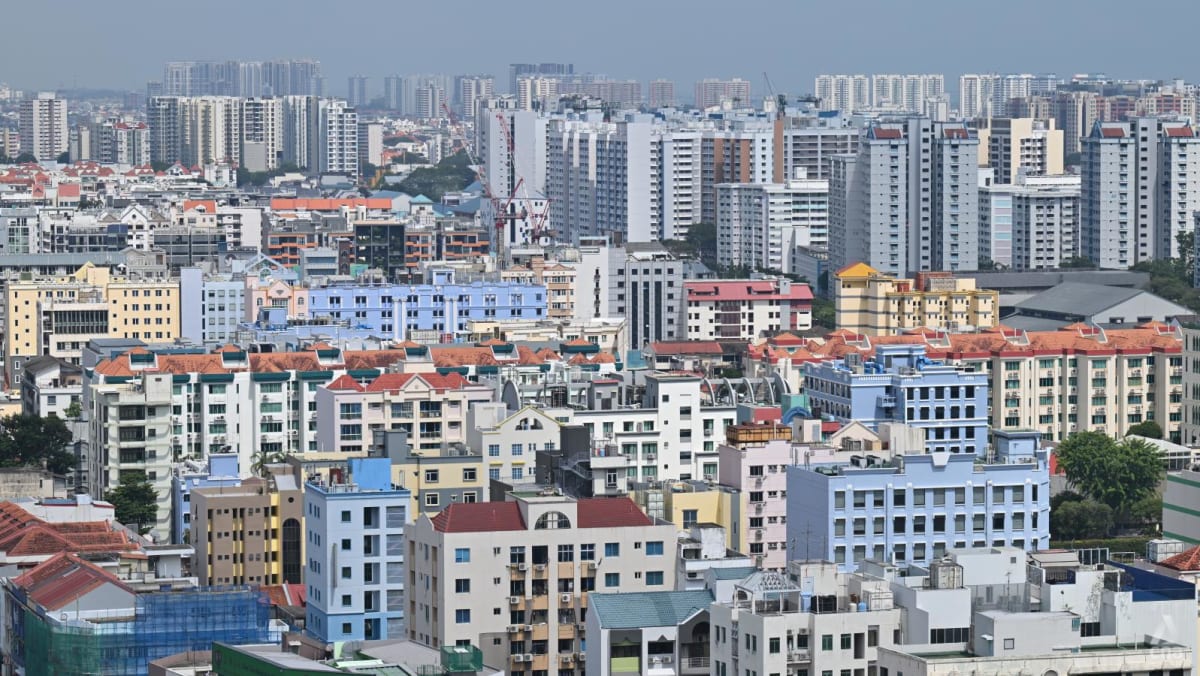Over time, these Chinese settlers began to adapt their traditional recipes to suit the local palate, which favoured spicier and more robust flavours.
“The Hakka Chinese community in India, which is based around Calcutta, [is] where it all began,” says Hussain Shahzad, executive chef of Hunger Inc. Hospitality, a Mumbai-based restaurant group behind venues such as The Bombay Canteen and O Pedro.
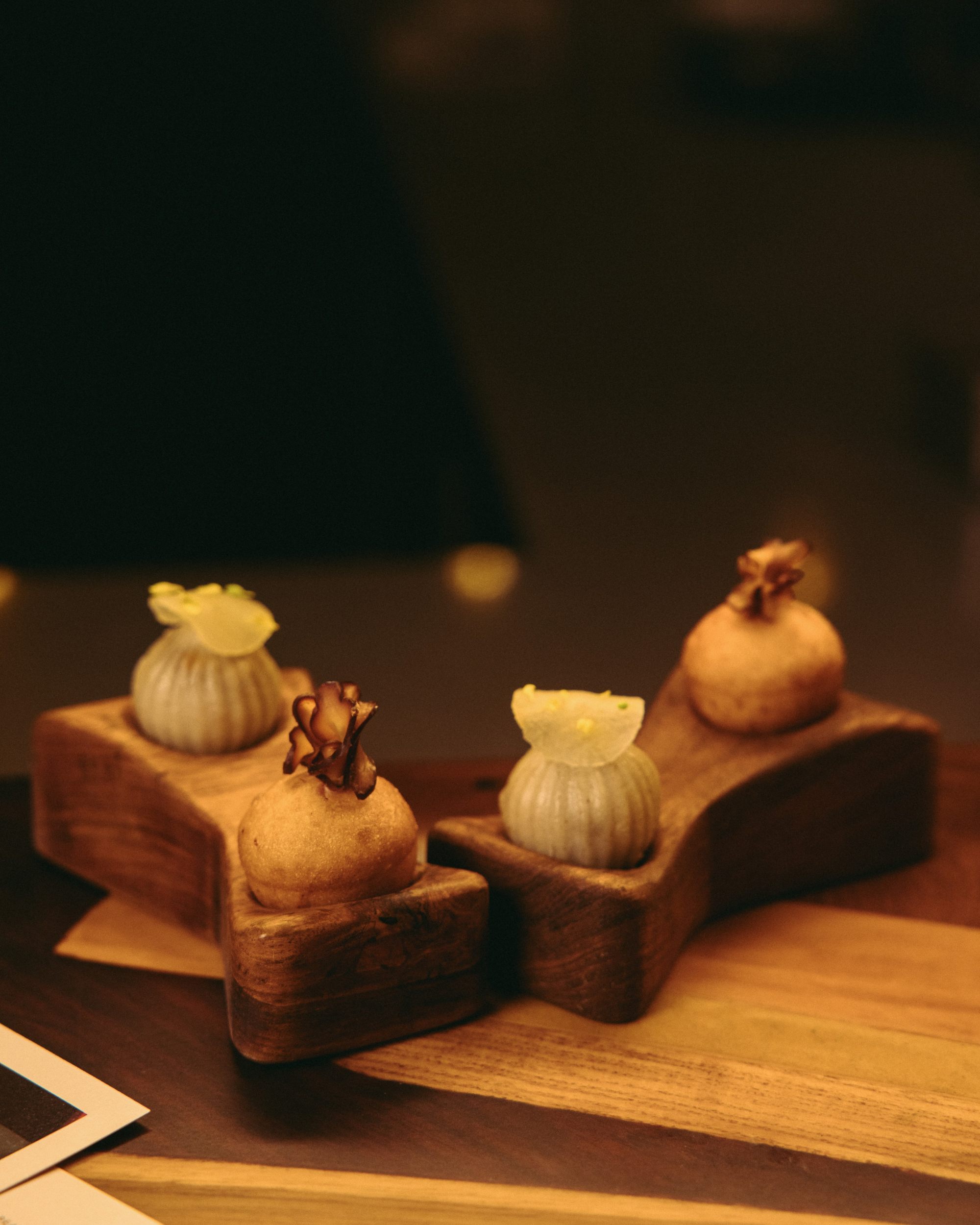
“The cuisine that came from that community is so, so, so good that it just crept into different parts of India,” Shahzad says. “By the 1980s and 90s it [had become] the most sought after late-night, easy takeout food of the country.”
Key to the development of Chindian cuisine was the integration of Indian spices and cooking methods in the preparation of traditional Chinese dishes.
This fusion led to the creation of now-popular dishes such as Hakka noodles, chilli chicken and Manchurian chicken.
The Indian palate actually has a lot in common with Southeast Asian tastes. We both enjoy dishes with more textures and spice
One of Shahzad’s favourite things to do after work is to dig into a dish called triple Szechuan fried rice, a mix of rice and noodles – both crispy and non-crispy – stir-fried together in a spicy, chutney-like sauce.
“There is no reference point to that in Chinese cuisine whatsoever,” Shahzad says. “And it’s delicious.”
Chindian cuisine has become ingrained in Indian culture, and Shahzad has taken inspiration from it for his menu at Papa’s, a fine-dining restaurant in Mumbai.
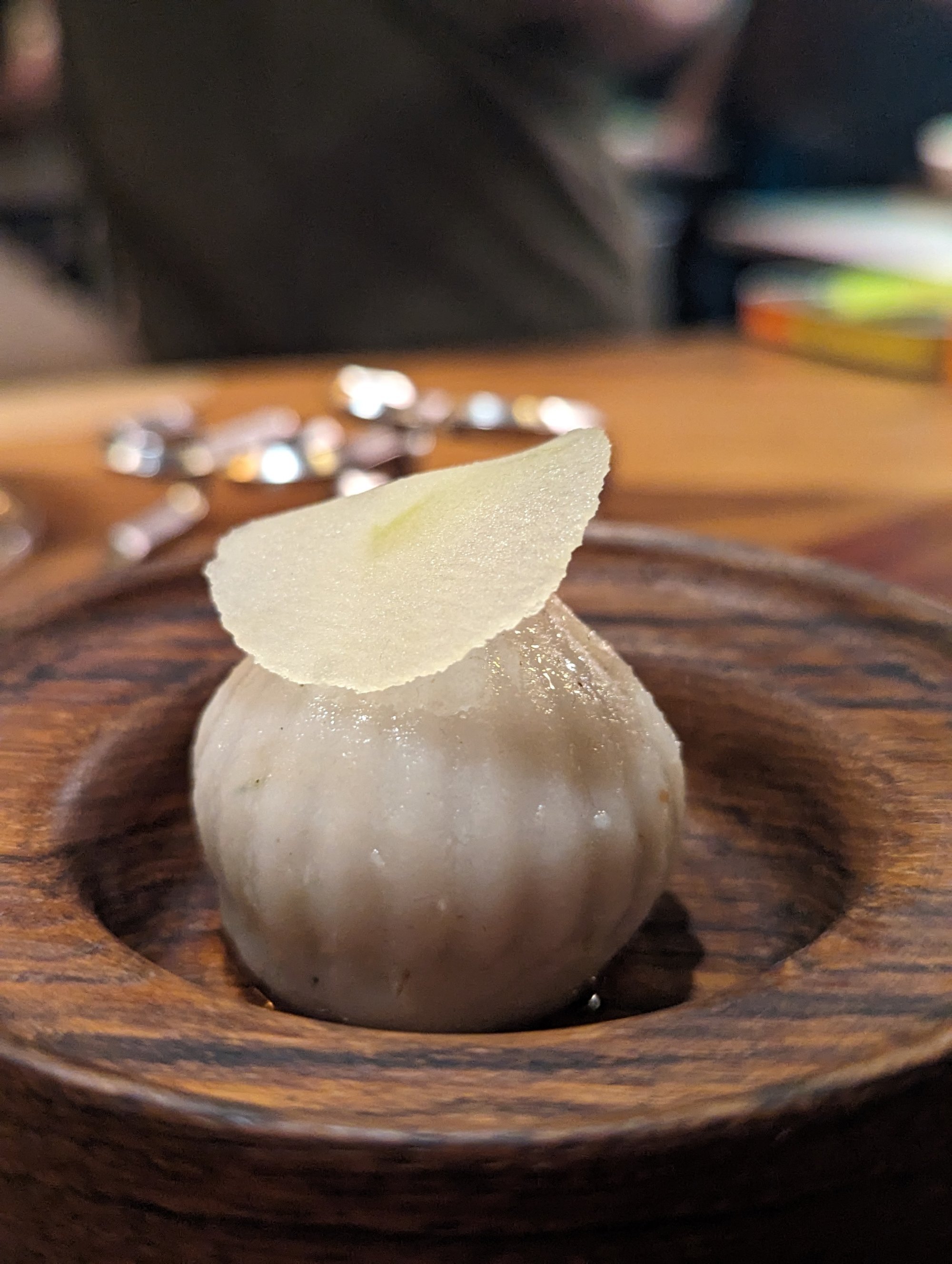
At Papa’s, Shahzad has transformed the treat into a savoury dish with a filling of pulled char siu. “It’s a very Chinese-Indian interpretation of char siu. We roast the pork shoulder in fermented black bean and instead of chopping it, we pull the pork shoulder to fit it into the modak,” he says.
On the surface, the rice flour dumpling looks almost like a har gao – a shrimp dumpling – but the rice flour casing has a texture like Japanese mochi and the char siu inside has more of a herbaceous flavour.
“That’s because we add coriander leaves to the filling,” Shahzad says. “We also have an innate need to use excessive amounts of ginger and garlic.”
By the Mekong is one of the best known Chinese-Indian restaurants in Mumbai. On the 37th floor of the St. Regis Mumbai hotel, the restaurant offers views of the city’s skyline on one side and of the coast along Marine Drive on the other.
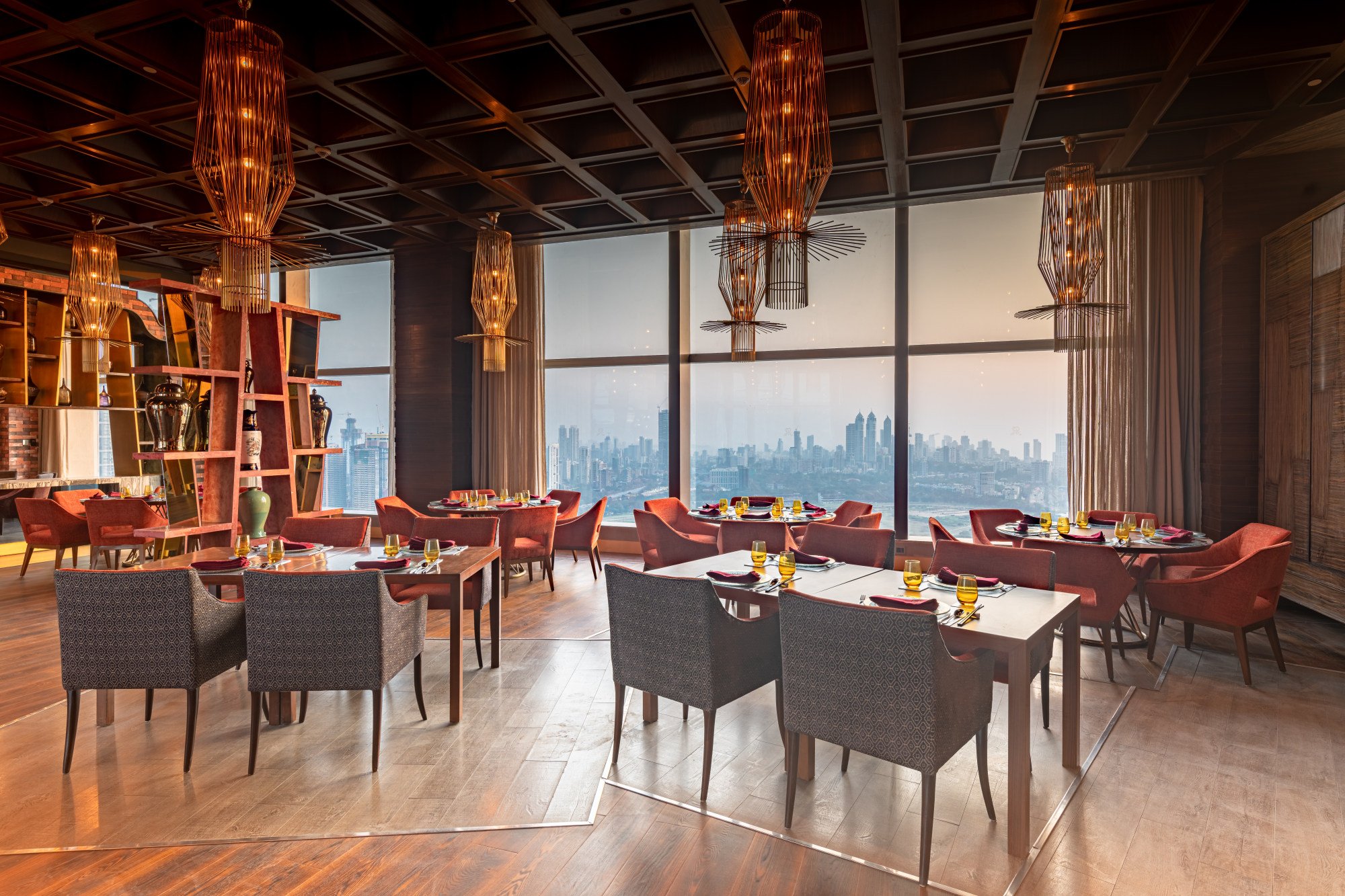
Raymond Wong was appointed master chef of Asian cuisine at the St. Regis Mumbai in 2022. With over 30 years of experience in the kitchen, Wong arrived to find a very different definition of Chinese cuisine at By the Mekong.
However, Wong understands that very traditional Cantonese cuisine would not work in India. “Chinese people love very simple flavours like a steamed grouper with ginger and scallions or stir-fried choi sum with garlic – classic Cantonese cuisine – that would never work here,” he says. “Indians enjoy more textures and, of course, more spice.”
Wong, who is from Malaysia, saw an opportunity to steer the menu at By the Mekong towards Southeast Asian flavours. “There are more similarities with the herbs and spices,” he says.
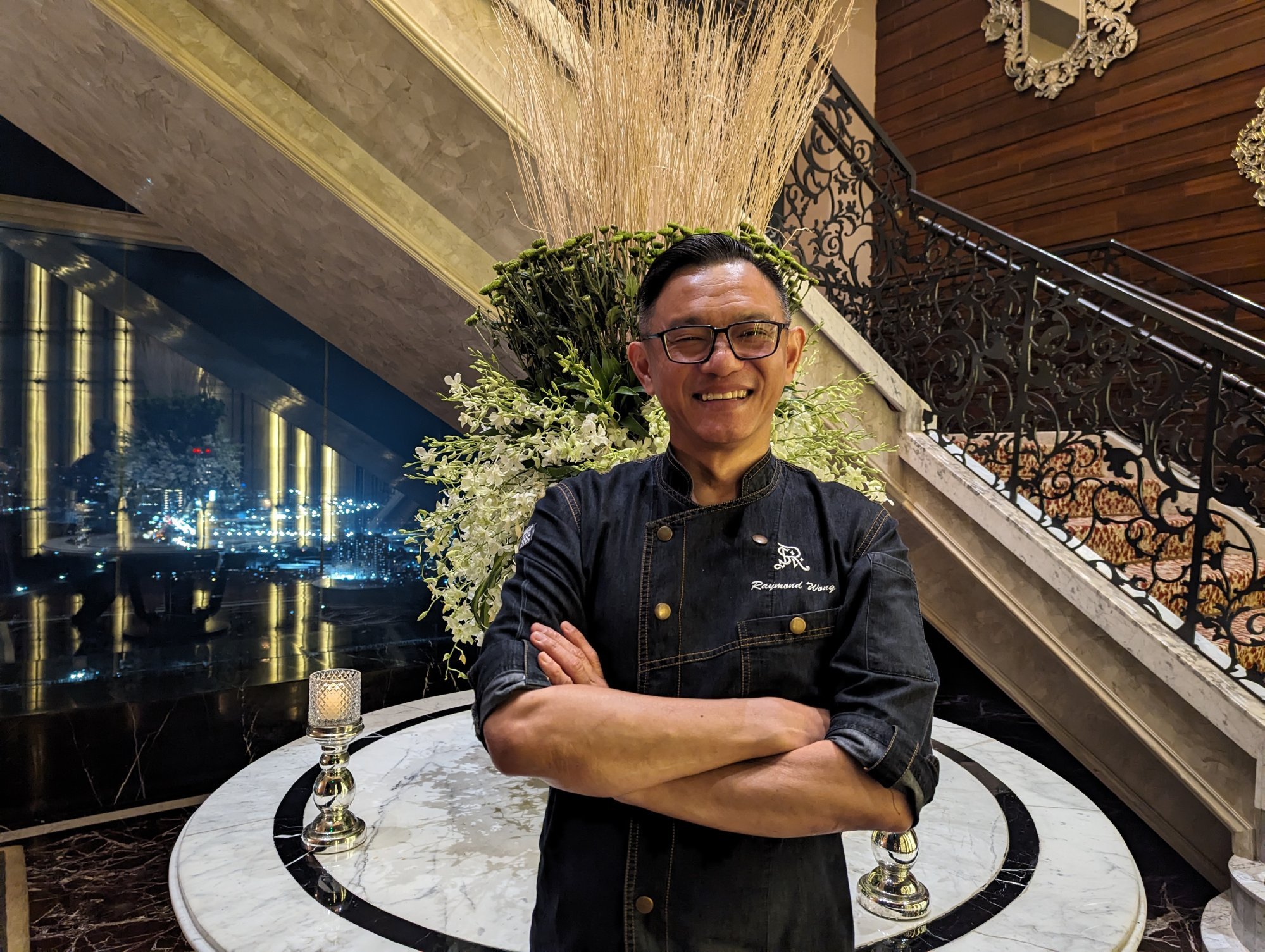
In the past year Wong has been changing the menu at By the Mekong to incorporate a hybrid Chindian cuisine with Southeast Asian influences.
One of the most popular dishes he has introduced to the menu is Krabi pomfret fish with pickled garlic and kam heong sauce.
Many Indian labourers found employment in British Malaya around the turn of the 20th century clearing land and building basic infrastructure, and the community they formed influenced local cuisine.
“The Indian palate actually has a lot in common with Southeast Asian tastes,” Wong says. “We both enjoy dishes with more textures and spice. It could be because we share the same weather.”
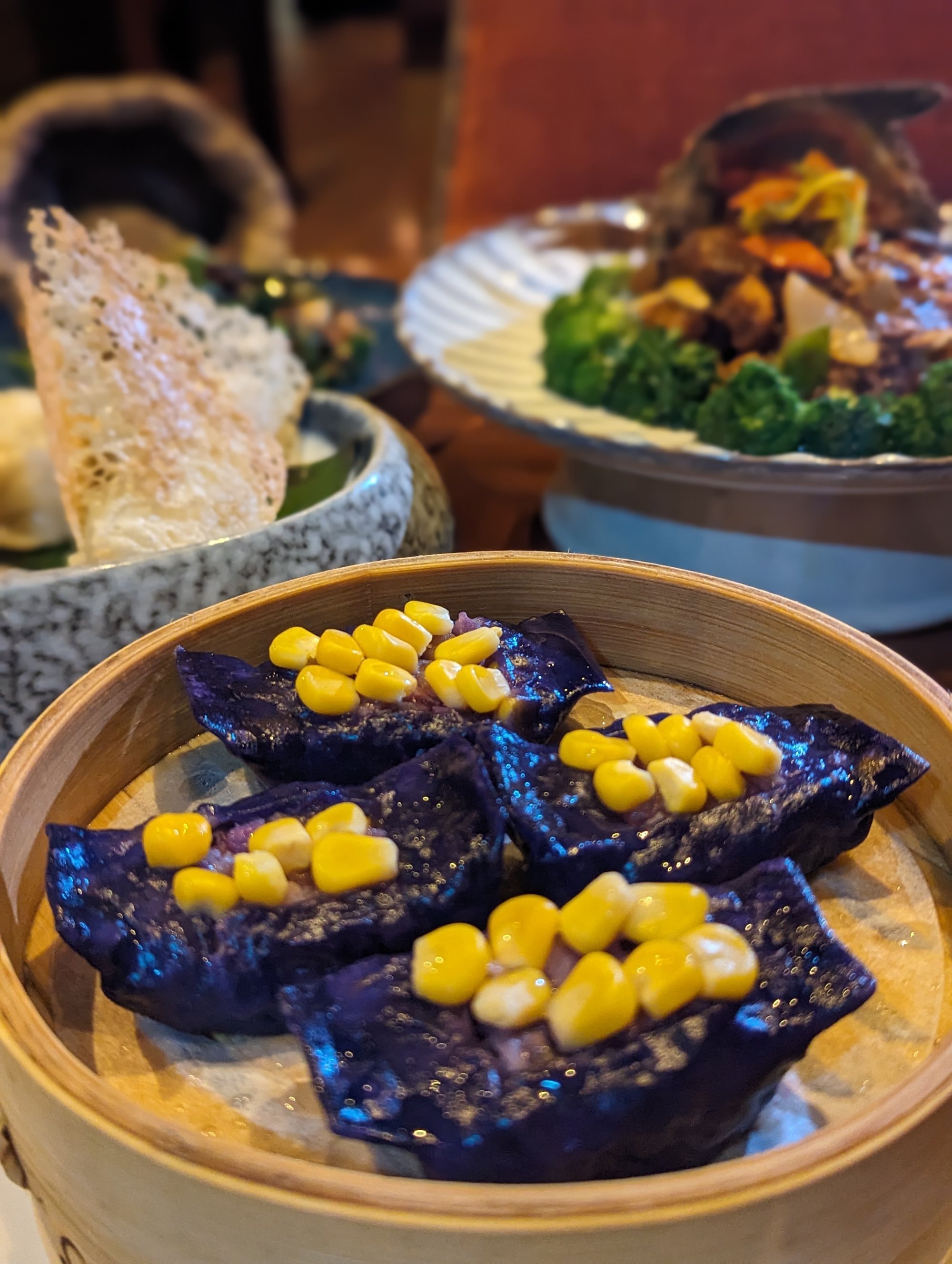

Wong says that despite this, he still has to cater to the local palate, which he does through a line-up of colourful dim sum with punchy flavours.
The Ho Chi Minh purple cabbage and corn kernel dumpling has a vibrant purple hue, and the chicken dumpling resembles a shrimp dumpling but with custard powder mixed in the wrapping. Both are dim sum rarely seen in Hong Kong or Southeast Asia.
“ I’m happy to mix things up and keep it interesting,” he says.







